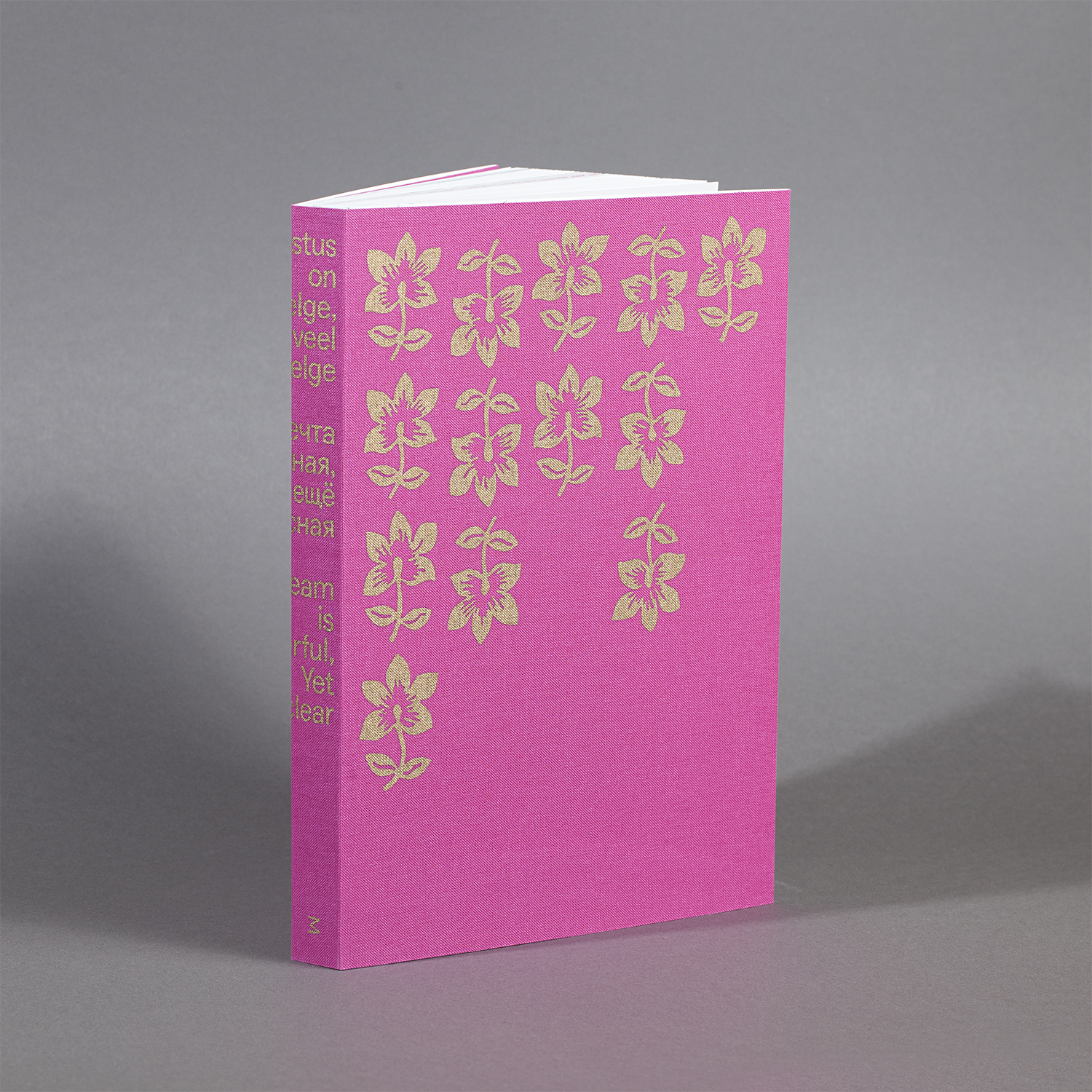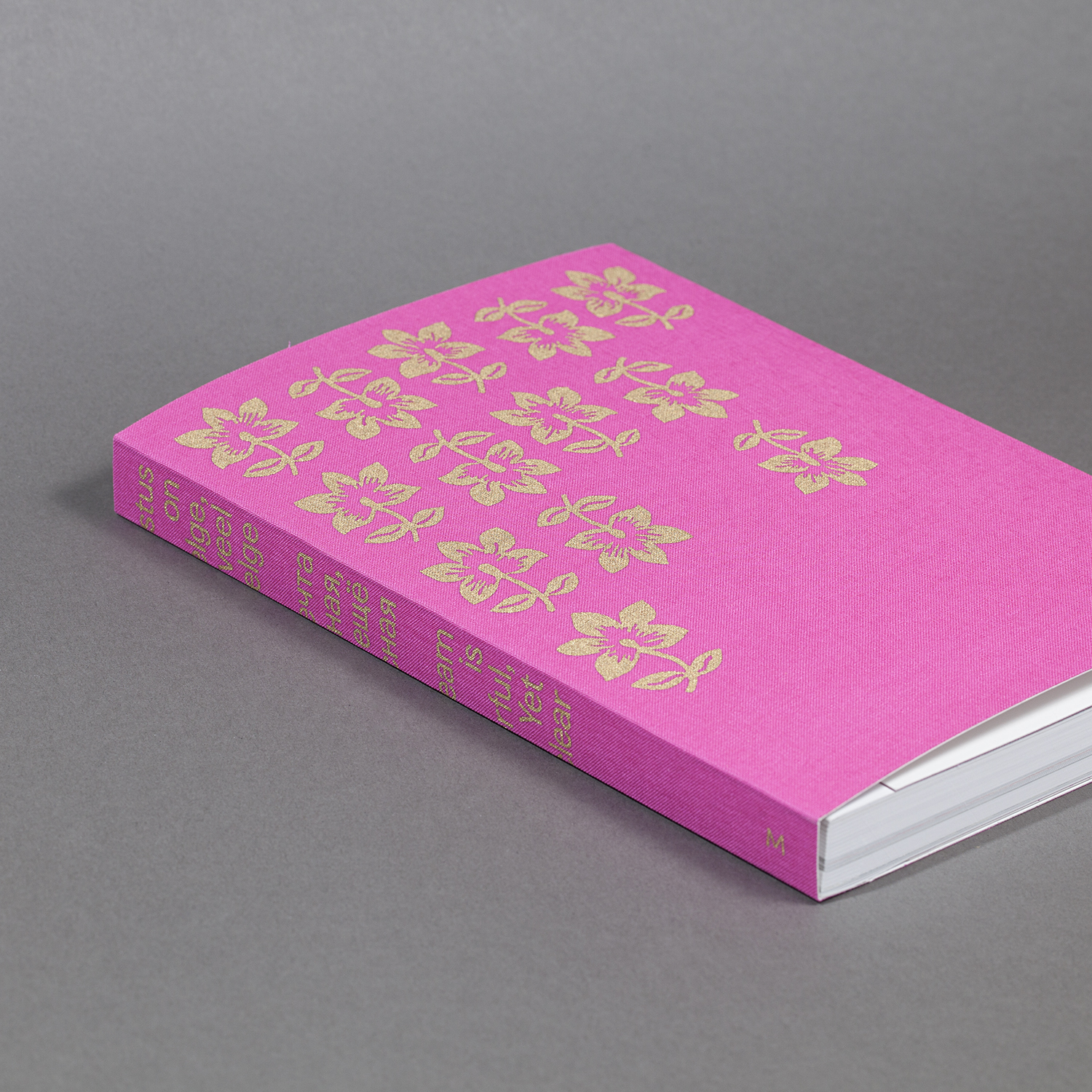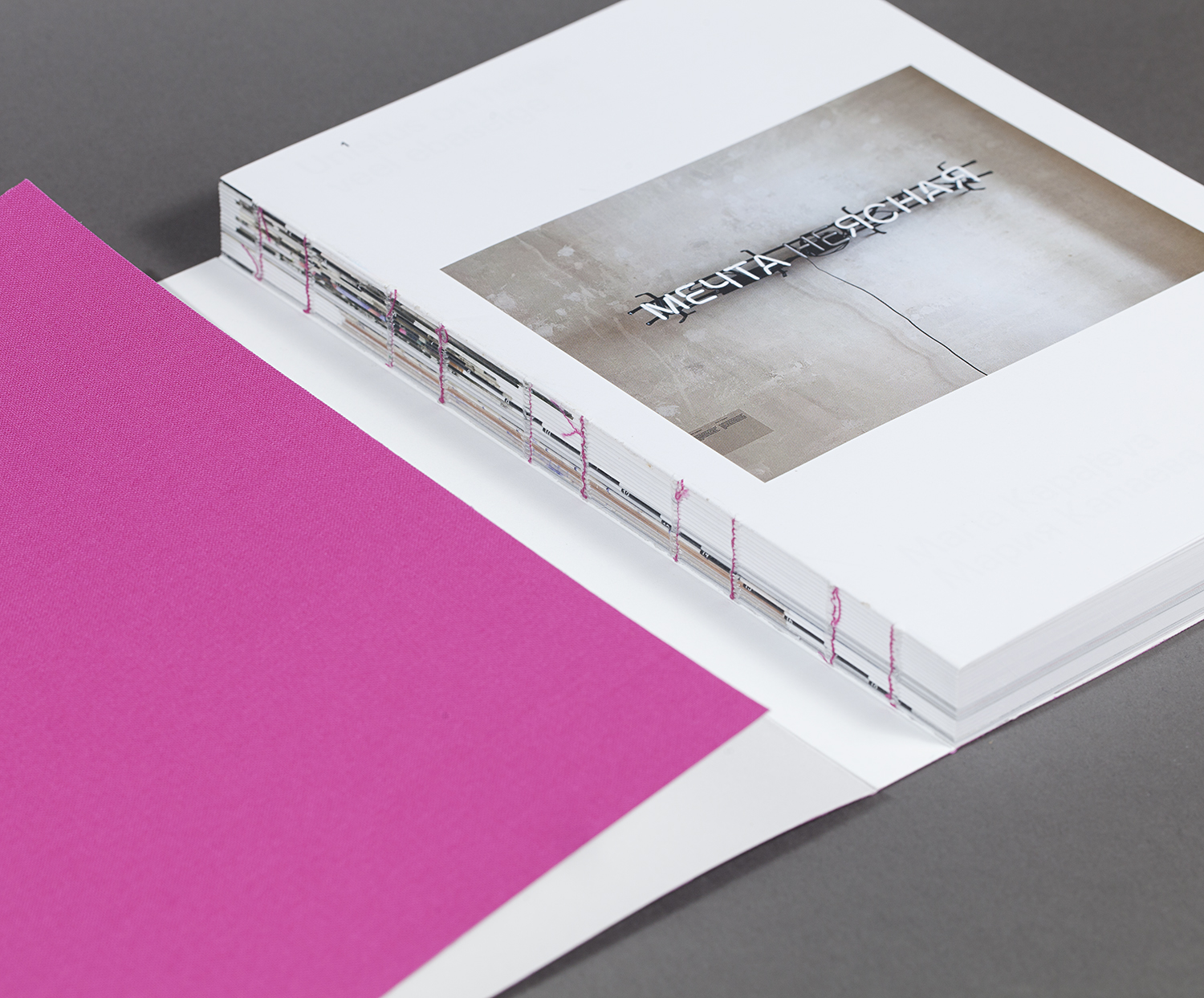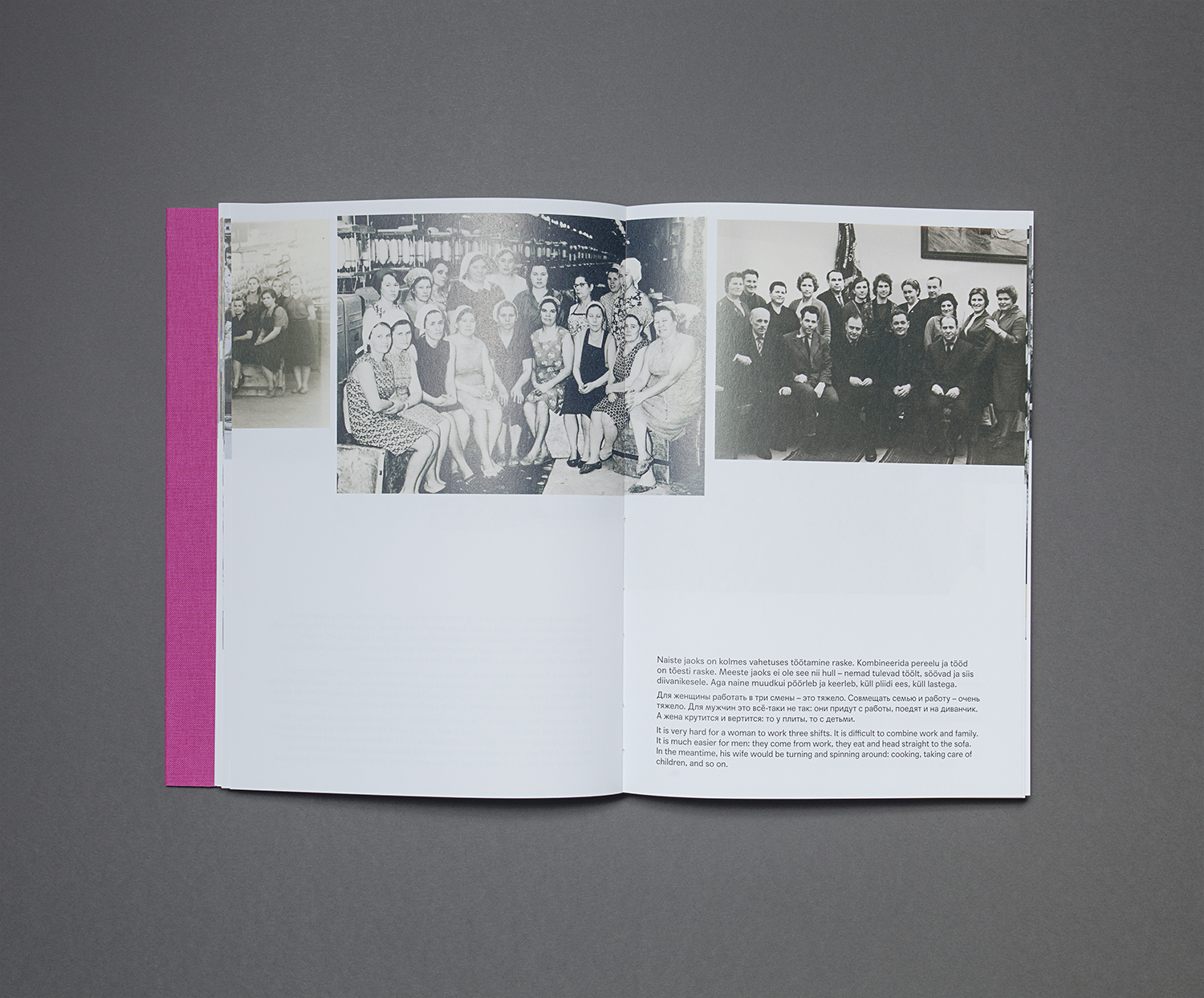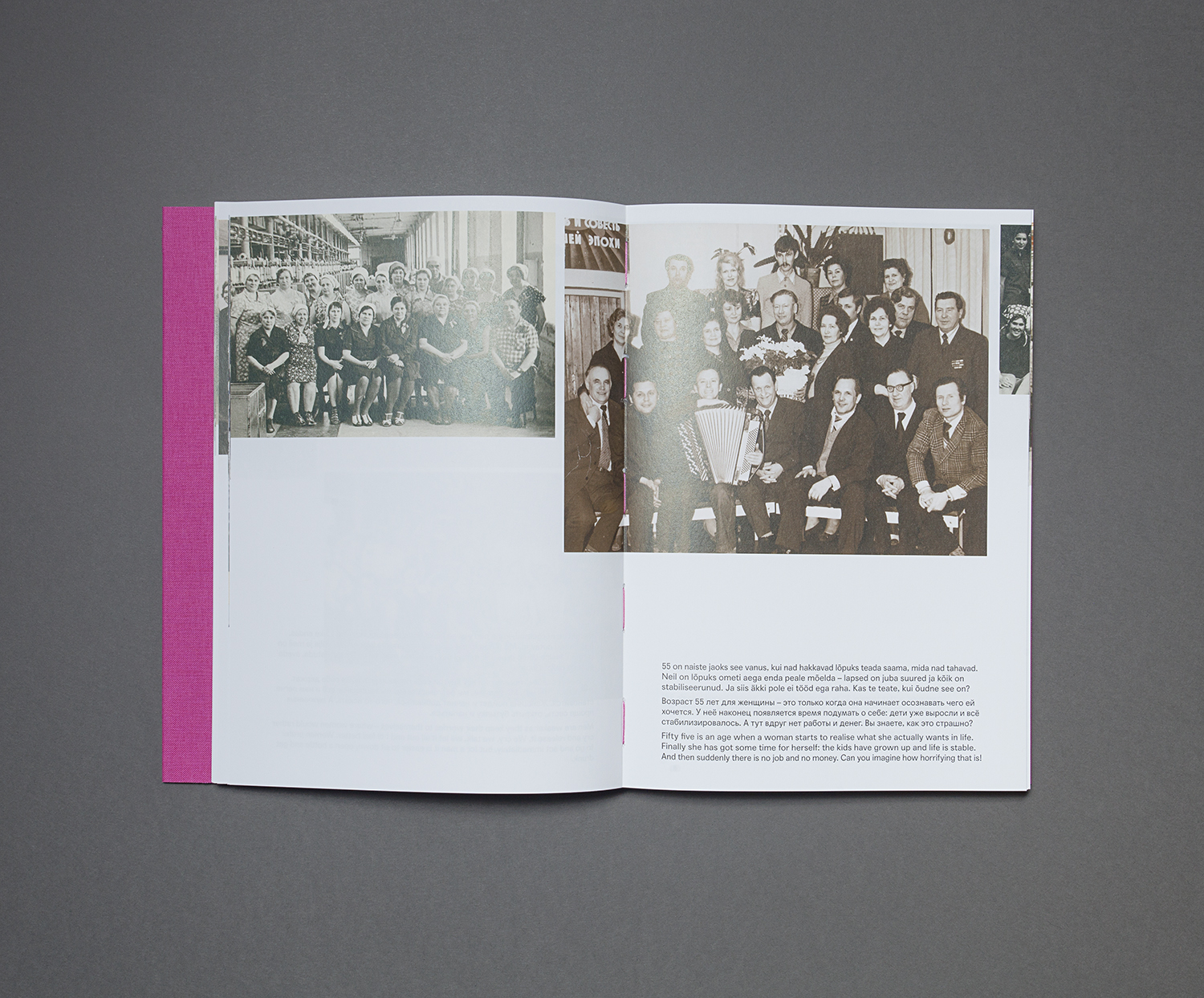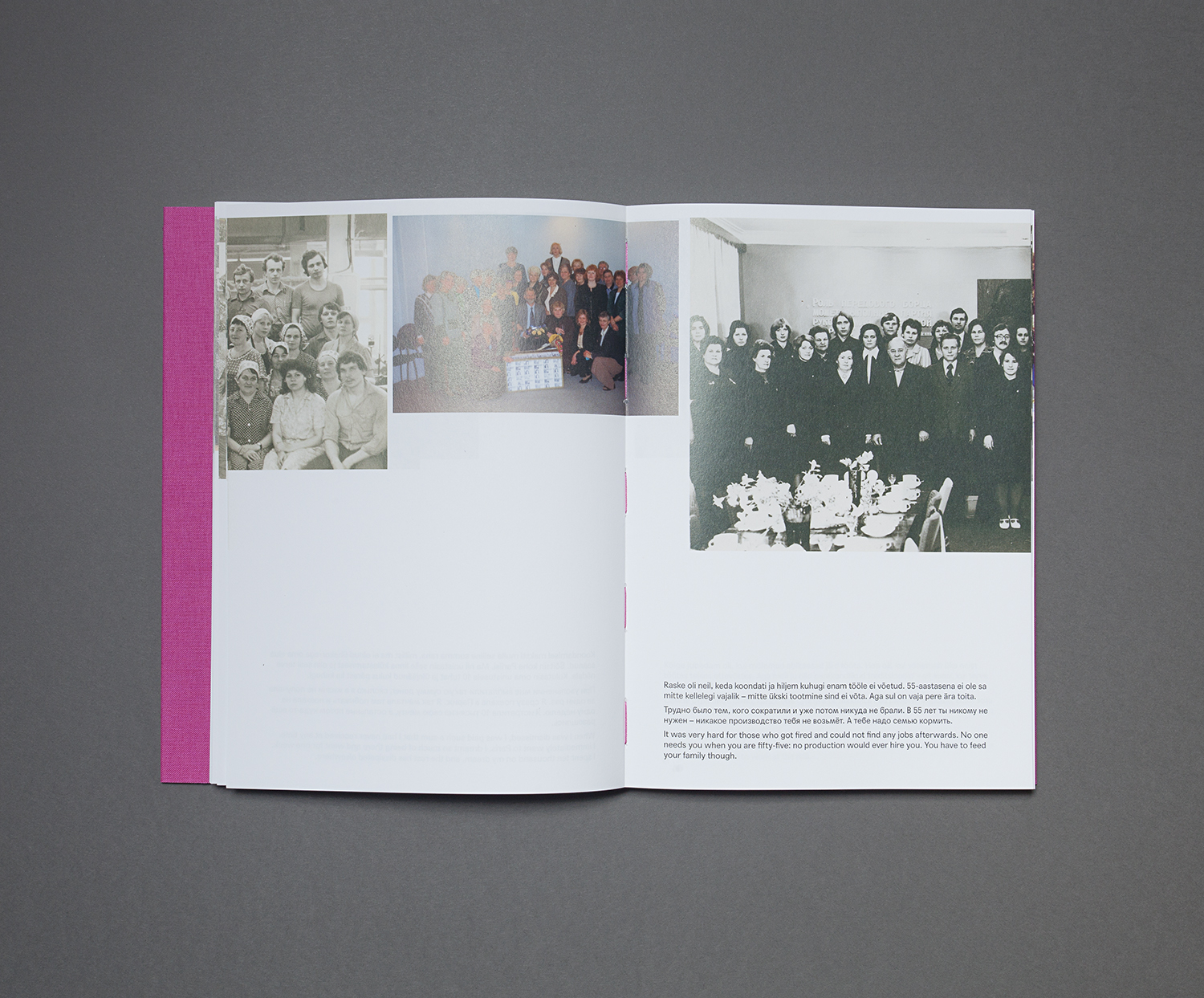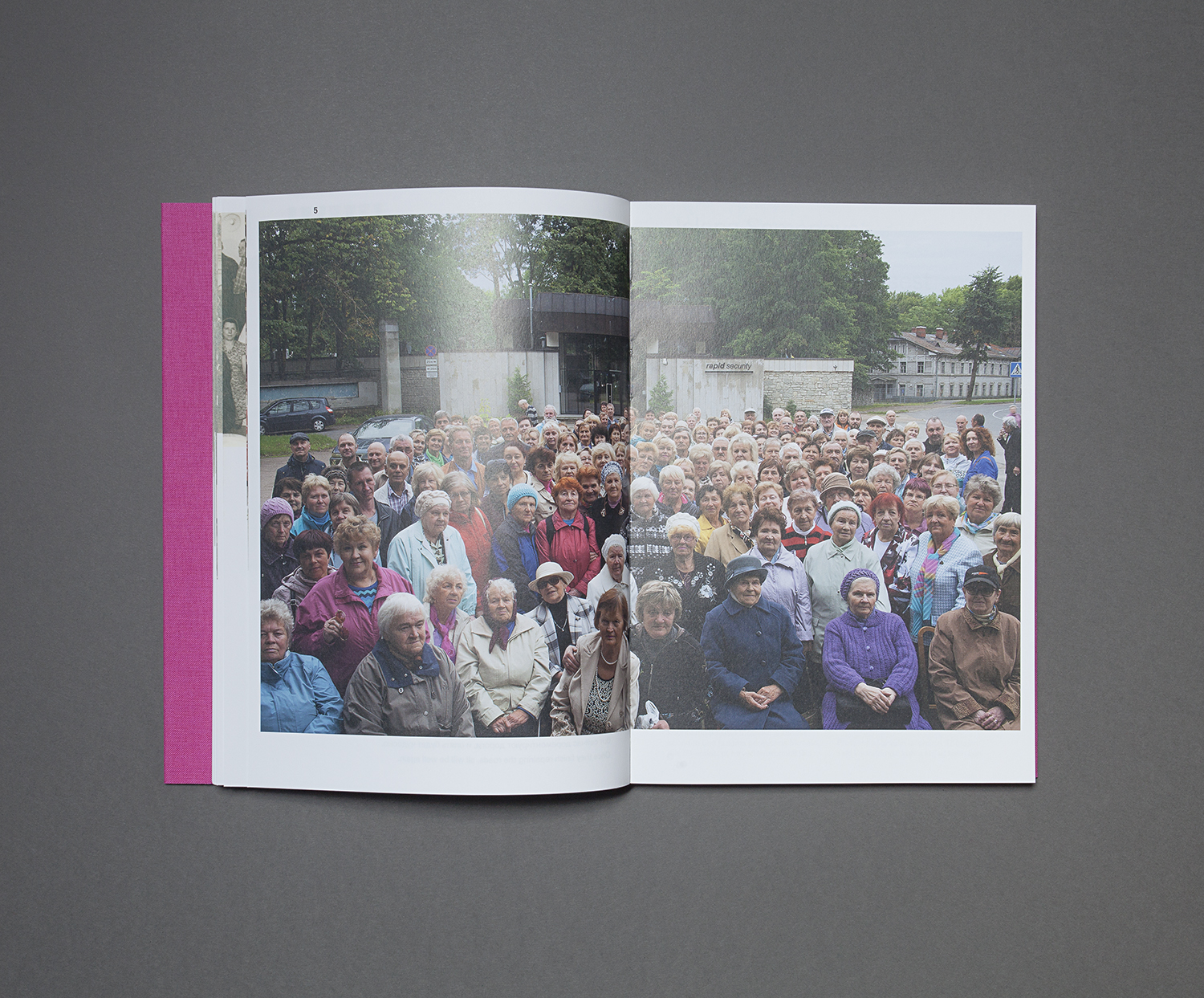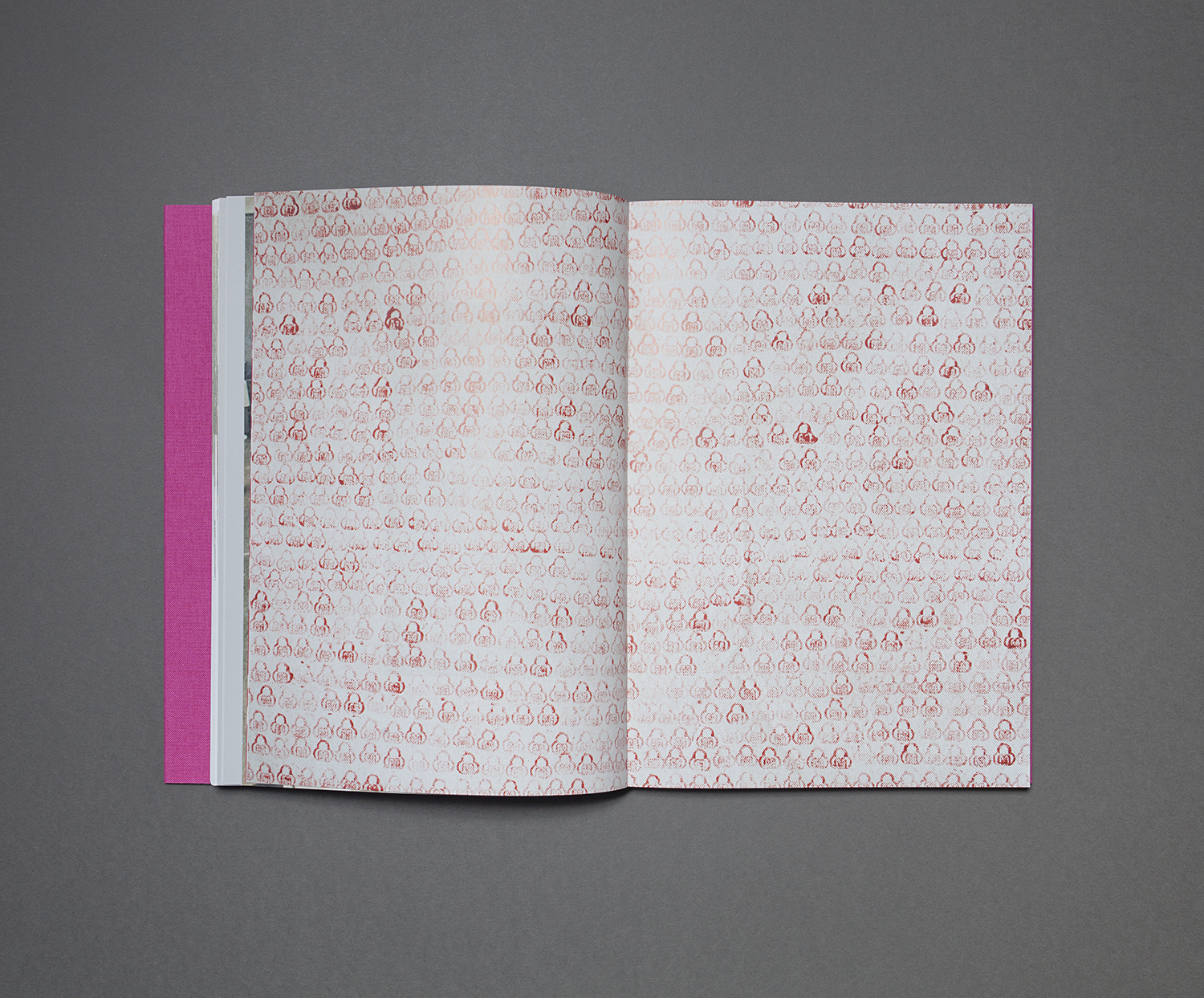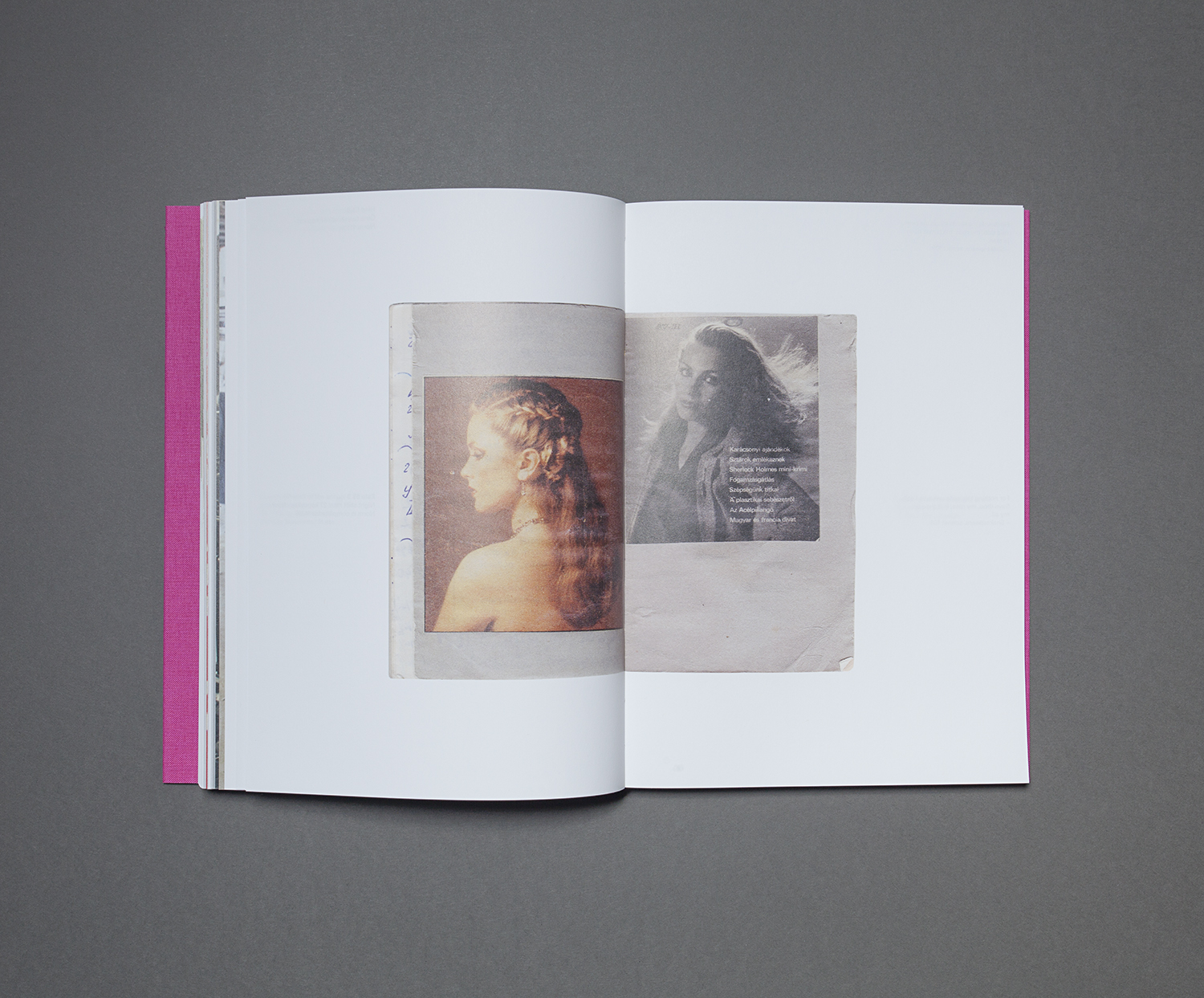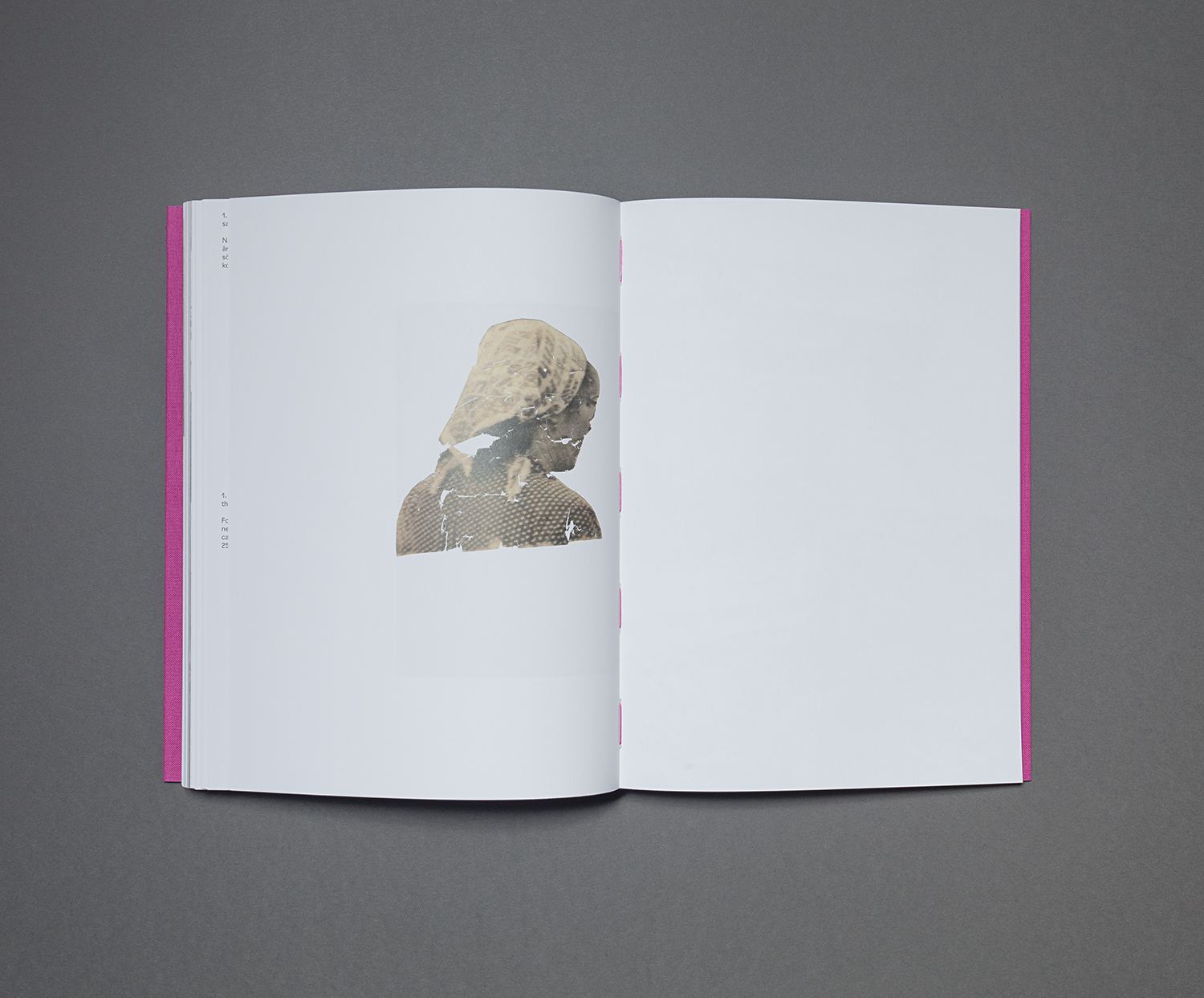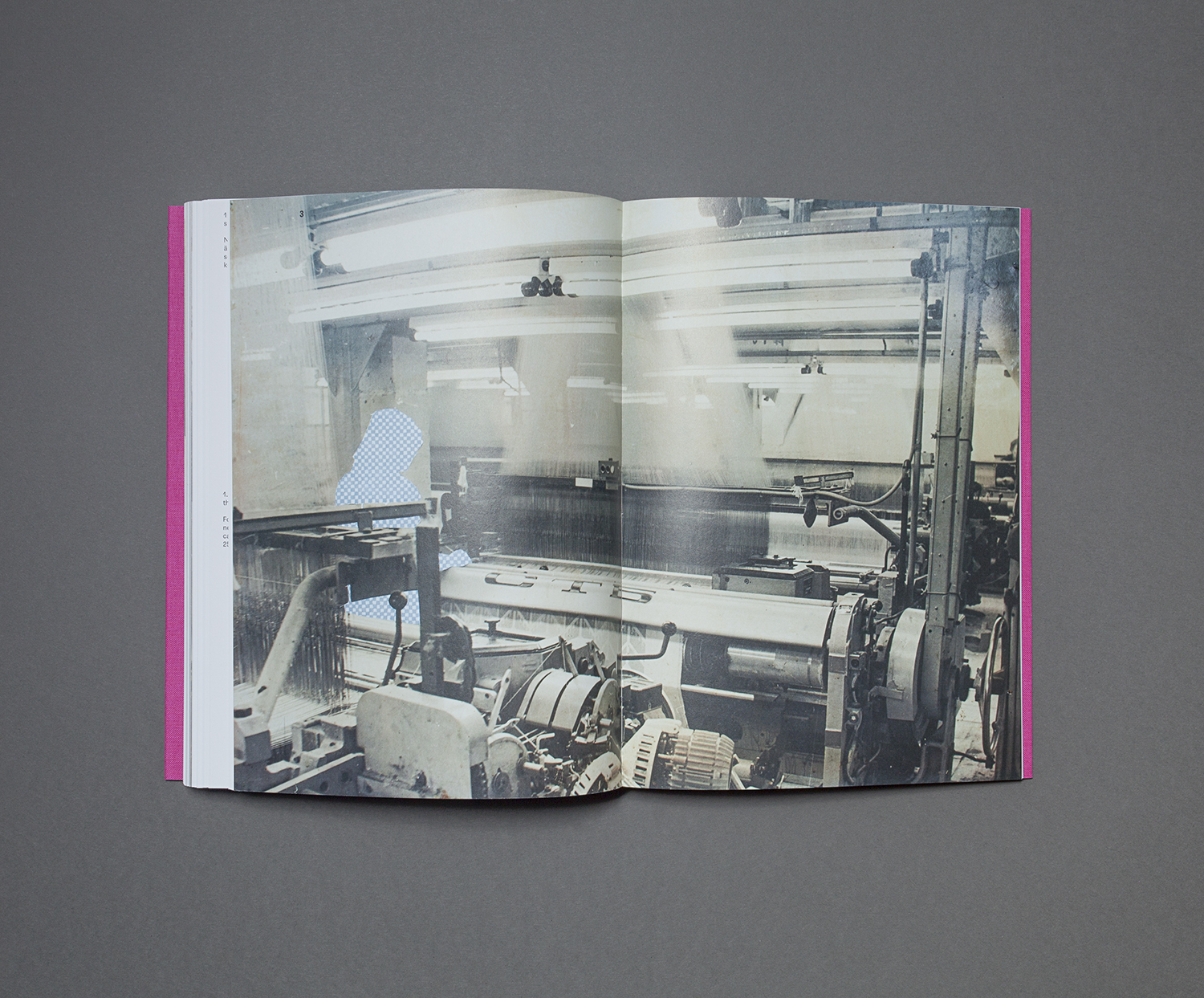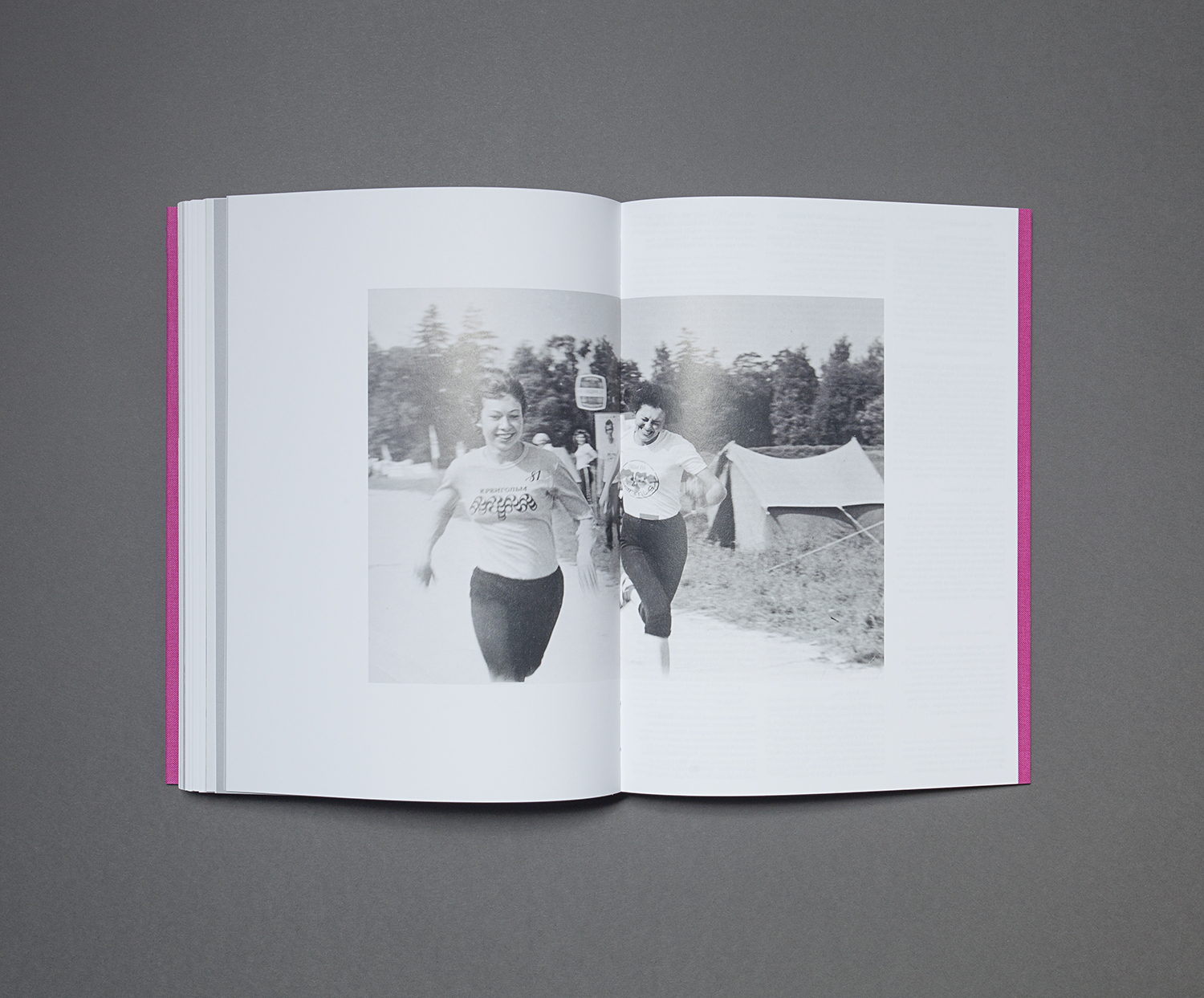Maria Kapajeva: Dream is Wonderful, Yet Unclear
Maria Kapajeva describes her book, Dream is Wonderful, Yet Unclear, as a piece of fabric. While photobooks are often equated to modes of sequential art such as films, graphic novels, or comic books, Kapajeva pushes this logic one step further by including textile arts in this genre. It is beneficial to understand textile arts in this context, and to value the labor and care associated with them, while spending time with Dream is Wonderful, Yet Unclear, (published by Milda Books. For fabric, sewing, spinning, weaving, interweaving, collective labor and memory are not just metaphors, but also the subject of Kapajeva’s project.
Maria Kapajeva is an artist who works between London (UK) and Tallinn (Estonia). Her work often highlights peripheral histories, focusing on the representation of women. She got her BA in Photography at The University for the Creative Arts (UCA, Farnham) and her MA in Photographic Studies at The University of Westminster (London). Her work was internationally exhibited including the most recent: Gallery of Photography Ireland (2020), Lithuanian Gallery of Photography (2020) and Estonian Museum of Design and Applied Craft (2020), Latvian Museum of Photography (2019), CBS Digital Art Space (Denmark, 2019), RIBOCA Biennial (Latvia, 2018), Kaunas Photography Gallery (Lithuania, 2018), Narva Art Residency (Estonia, 2017), WOAK Gallery (Poland, 2017), Detroit Oloman Gallery (USA, 2017). Her video works participated at Luminocity Festival (Canada, 2018), NexT Film Festival (Romania, 2017) and Berlin Feminist Film Week (2016). In 2019 she was awarded with ‘A Woman’s Work’ grant with Creative Europe Program, in 2018 she won the Runner-Up Award at FOKUS Video Art Festival, Denmark and her first artist book You can call him another man, published by Kaunas Photography Gallery, was shortlisted for Aperture Photobook Award 2018. Her second book Dream Is Wonderful, Yet Unclear has been published by Milda Books in April, 2020 and is now available via Milda Books.
Dream is Wonderful, Yet Unclear explores the legacy of the Kreenholm textile mill in Kapajeva’s hometown of Narva, Estonia. Kreenholm was central to Narva as an employer, as a community center, and as a source of pride, primarily for women despite its unsustainable labor practices. Kapajeva herself dreamed of becoming part of this workforce which included her own mother. But rather than provide a purely didactic history of the mill, including its’ Soviet roots and unsuccessful shift to privatization post Estonian independence, Kapajeva focuses on the community that was built around the mill and then collapsed along with it. She tells the story that needs to be told, and one that has been largely overlooked. In an interview with curator Liis Kaljula included in the book Kapajeva states:
“Of course, it is a unique experience we all went through, when one system collapsed and the new on replaced it rapidly. I think it is a great source for research and work in many fields, not just in art. At the same time, it is a trauma, which people lived through on a daily basis, an no one really cared about them and no one really asked them how they were doing and if they managed to go through this process.”
Kapajeva asked these questions of her community and recorded the answers, as well as all the stories and ephemera that went along with them. In the process she became a community archivist and adapted her practice to address the wide range of materials she encountered. Kapajeva instigated calls for photographs, which she scanned and returned, and conducted a wide range of oral history interviews with former mill workers. But along the way relationships were built and other materials emerged such as diaries, promotional posters, and textile designs. These materials were willingly offered, and Kapajeva meticulously cared for and contemplated every piece of the material before creating the work that would encompass Dream is Wonderful, Yet Unclear.
In advance of the book Kapajeva made a series of at least ten interdisciplinary works in response to the archive she assembled. Regardless of media, Kapajeva has skillfully adapted these many pieces into a new whole which also serves to embody a collective voice. This is an intentional reflection of the methodology of the former mill workers.
This methodology also foregrounds the generative nature of the project. The book is not purely a result of what was collected in Narva or what was made specifically for physical exhibition. Kapajeva has instead adapted specific stories and objects in order to make works that synthesize rather than appropriate out right. Her approach calls to mind artist Jasper Johns’ famous adage: “Take an object. Do something to it. Do something else to it. Repeat.”
However even Johns’ language falls short in describing Kapajeva’s process as it does not acknowledge the vast emotional labor that was involved in the course of making this project. With archive building there is always caretaking which, like textile arts, is still often thought of as “women’s work.” This loaded term has been under renovation for some time, yet negative connotations still persist. Kapajeva is clearly aware of this and her work to, “highlight peripheral histories, focusing on the representation of women” is a clear focus of her overall artistic practice.
A recurring theme in the book is the dedication and heroism of the women who worked in the mill, as well as central place it held in their lives. The workers became reliant on the mill for community as well as their livelihood, and they were led to believe that they could do so indefinitely. All these facts were carelessly ignored as the mill was slowly dismantled. The layoffs were in fact characterized coldly as “redundancies,” which can be defined as unnecessary or the state of being no longer useful.
In Dream is Wonderful, Yet Unclear Kapajeva brings humanity back to a story that has been largely characterized in economic terms only. Her humane approach can be seen in the meticulous gold stamping on the cover of each book; in the pink stitches of the binding that refuse to become an invisible part of the design; in the careful excising of women from photographic propaganda; in the cacophony of narratives that are carefully intertwined; and in the insistence to translate every text in the book into Estonian, Russian and English. This combination of compassion and conceptual rigor then is perhaps another way to reframe women’s work.
Social Media
@mkapajeva
@mildabooks
Posts on Lenscratch may not be reproduced without the permission of the Lenscratch staff and the photographer.
Recommended
-
Earth Week: Simon Norfolk: When I am Laid in EarthApril 27th, 2024
-
Shinichiro Nagasawa: The Bonin IslandersApril 2nd, 2024
-
The International Women in Photo Association Awards: Lorraine Turci: The Resilience of the CrowMarch 16th, 2024
-
The International Women in Photo Association Awards: Rayito Flores Pelcastre: Chirping of CricketsMarch 14th, 2024
-
The International Women in Photo Association Awards: Louise Amelie: What Does Migration Mean for those who Stay BehindMarch 12th, 2024

